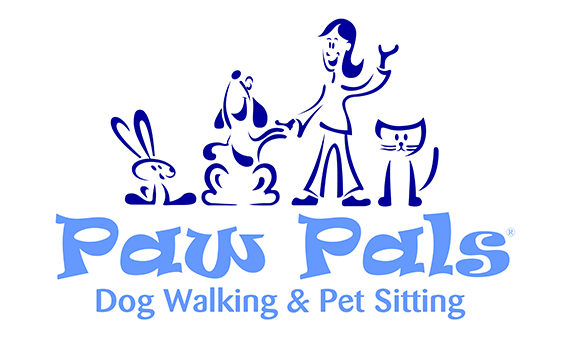As the joy of summer fades and the new school year begins, our routines inevitably shift. This transition can be especially challenging for our pets, who’ve spent the sunny days with us at home, and now suddenly find themselves spending more time alone.
This abrupt change can lead to separation anxiety in pets. This blog post is here to provide you with practical tips on how to help your pet manage this potential anxiety and smoothly adjust to the new routine.
1. Gradually Adjust Your Routine
Rather than abruptly switching from a relaxed summer schedule to a hectic school routine, start gradually adjusting your pet’s schedule a few weeks before school starts. Slowly transition feeding times, walks, and playtimes to fit with your upcoming school routine. Re-introduce your dog to being left alone. Start at 20 minutes or so and build up gradully to the amount of time they will be left alone when the summer break is over. This slow change helps your pet to get accustomed to their new schedule.
2. Create Engaging Alone-Time Activities
Having activities that keep your pet mentally stimulated when they’re alone can help reduce anxiety. For dogs, consider toys that can be filled with treats and take time to empty. For cats, puzzle feeders or interactive toys can keep them engaged. Remember to rotate the toys every few days to keep them interesting for your pet.
3. Promote Independent Behaviour
Encourage your pet to spend time alone, even when you are home. You can do this by creating a comfortable, special area for them with their bed, toys, and a piece of your worn clothing for comfort. Reward them for spending time there independently. This will help them associate being alone with positive experiences.
4. Maintain a Calm Departure and Arrival
Our pets pick up on our emotions. If your departures and arrivals are emotionally charged, your pet might associate them with stress. Keep your departures and arrivals low-key to avoid increasing your pet’s anxiety.
5. Consider Daycare or a Dog Walker
If your pet will be alone for extended periods, consider a pet daycare or hiring a dog walker. Paw Pals offers a range of pet care services, from dog walking to pet sitting. This not only breaks up your pet’s day but also provides them with socialisation and exercise.
6. Consult Your Vet
If your pet shows signs of severe separation anxiety – such as excessive barking, chewing, or even depression, it’s important to consult your vet. They might recommend a behaviourist, a trainer, or in some cases, medication to help manage the anxiety.
7. Patience is Key
Remember, patience is crucial. It might take some time for your pet to adjust to the new routine. Reward good behaviour, provide plenty of love, and be patient as they navigate the changes.
In conclusion, while the back-to-school period can be challenging for our pets, careful planning and a lot of love can help them adjust to the new routine. Always keep an eye on your pet’s behaviour during this transition period, and don’t hesitate to seek professional help if you’re concerned about their anxiety levels. Remember, Paw Pals is always here to assist with all your pet care needs, ensuring a smoother transition for both you and your beloved pets.
